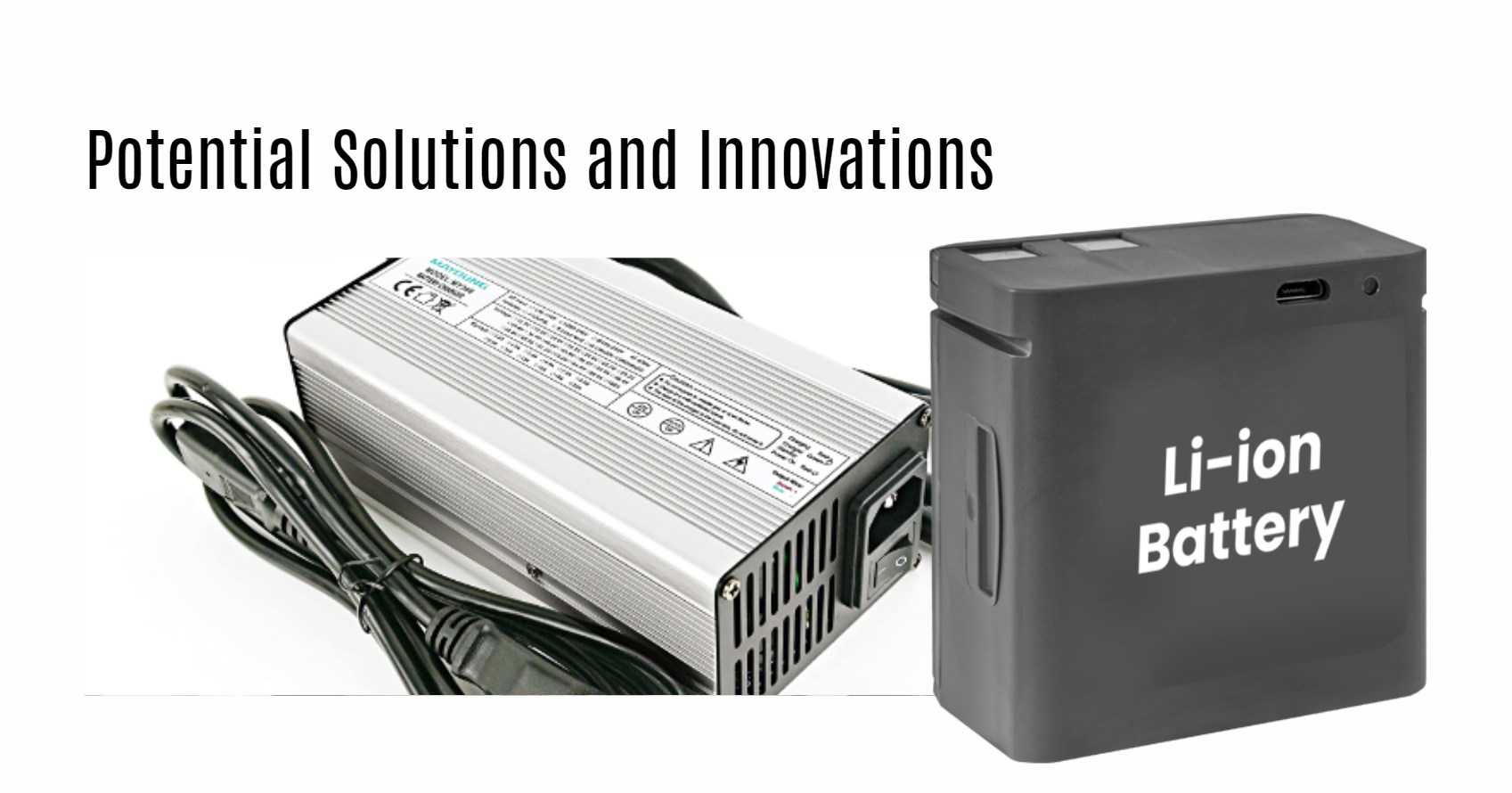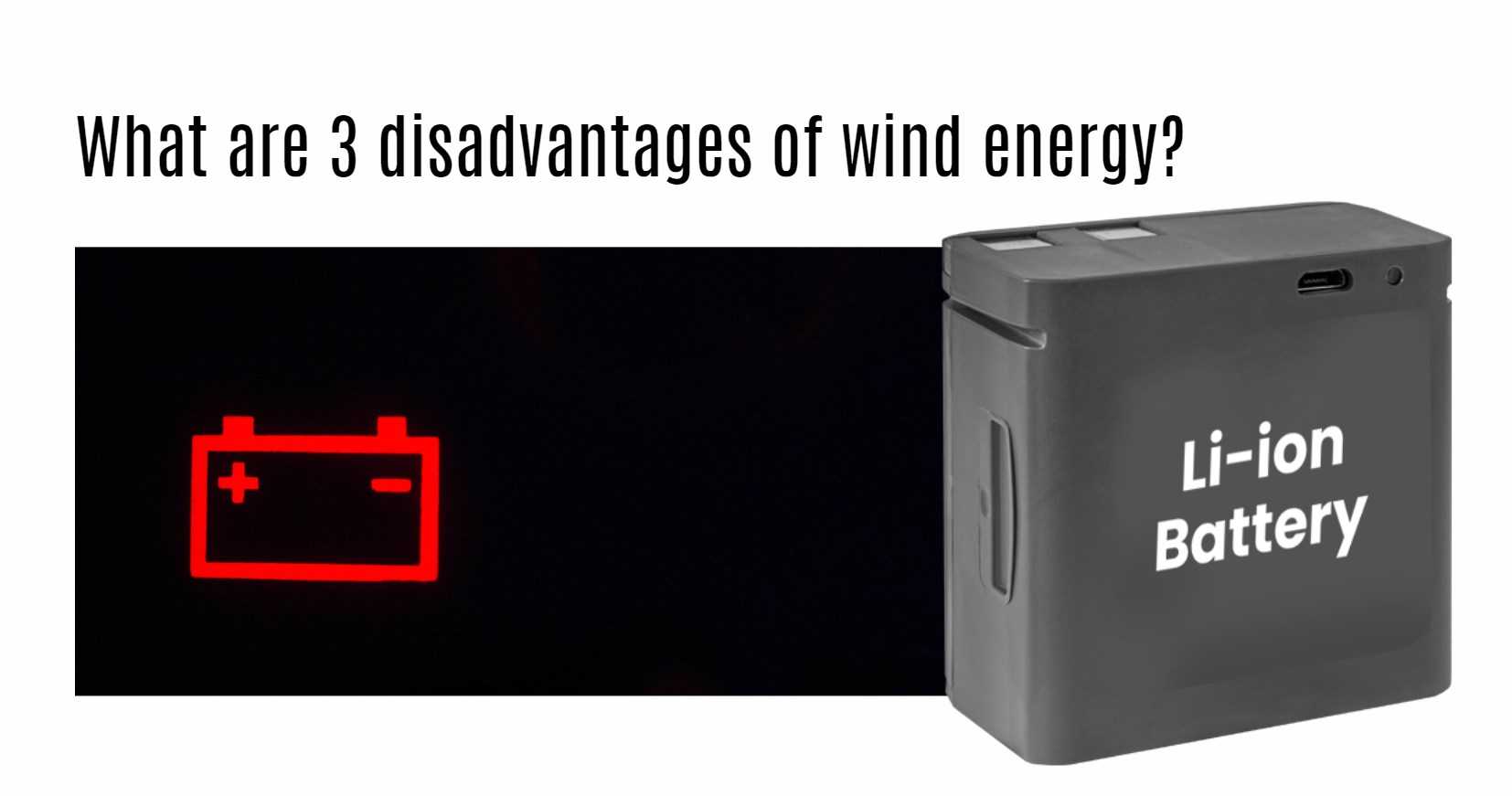Ready to explore the world of renewable energy? Wind energy is a powerful force that has been harnessed for centuries to generate electricity and help reduce our reliance on fossil fuels. While there are numerous benefits to using wind power, it’s essential to also consider some of the disadvantages that come with this green technology. Join us as we uncover three key drawbacks of wind energy and explore potential solutions to address them. Let’s dive in!
Advantages of Wind Energy
Wind energy is a renewable resource that harnesses the power of the wind to generate electricity. One of its key advantages is its abundant availability, as wind is a free and unlimited source of energy. This means that unlike fossil fuels, which are finite and depleting, wind energy can be constantly replenished.
Another advantage of wind energy is its environmental friendliness. Unlike traditional forms of energy generation like coal or oil which release harmful greenhouse gases into the atmosphere, wind turbines produce no emissions during operation. This helps to combat climate change and reduce air pollution.
Additionally, wind energy can help to create jobs and stimulate economic growth in communities where wind farms are established. The manufacturing, installation, and maintenance of wind turbines require skilled workers, providing employment opportunities in these sectors. The benefits of utilizing wind energy extend beyond just electricity generation – it’s a win-win for both the environment and the economy!
Disadvantage #1: Dependence on Weather and Location
One of the key drawbacks of wind energy is its reliance on weather conditions and geographical location. Wind turbines require consistent wind speeds to generate electricity efficiently, which can be a challenge in areas with unpredictable or calm winds. This dependence on weather patterns means that the production of wind energy fluctuates throughout the year, impacting its reliability as a primary source of power.
Moreover, the effectiveness of wind farms is heavily influenced by their location. For optimal performance, they need to be situated in regions with strong and consistent winds, often found in coastal or mountainous areas. This limitation restricts the widespread implementation of wind energy technology in locations where these conditions are not met.
Additionally, fluctuations in wind patterns can lead to periods of low energy production when demand is high. This mismatch between supply and demand requires backup sources of power to maintain grid stability, adding complexity and cost to the overall energy system.
Disadvantage #2: High Initial Costs
When considering wind energy as a renewable power source, one significant disadvantage that often arises is the high initial costs associated with setting up wind farms. The expenses involved in purchasing and installing wind turbines can be substantial, making it a barrier for many individuals or organizations looking to invest in this technology.
From conducting feasibility studies to obtaining permits and land leases, the upfront financial outlay required for establishing a wind farm can be daunting. Additionally, the cost of maintaining and servicing these complex machines adds to the overall investment needed to keep them running efficiently over time.
Despite advancements in technology driving down manufacturing costs of wind turbines, the initial capital expenditure remains relatively high compared to traditional forms of energy generation. This financial burden may deter some potential investors from fully embracing wind energy solutions as part of their sustainable practices.
However, it’s essential to consider the long-term benefits and savings that come with utilizing clean energy sources like wind power. While there may be significant upfront costs involved, the potential for reduced operating expenses and environmental impact over time make it a worthwhile investment in creating a more sustainable future.
Disadvantage #3: Environmental Impact
When it comes to wind energy, one significant disadvantage that often gets overlooked is its environmental impact. While wind turbines produce clean and renewable energy, their manufacturing process can have negative consequences for the environment. The production of materials such as steel and concrete for wind turbines requires a substantial amount of energy and resources, leading to carbon emissions and habitat disruption.
Additionally, the installation of wind farms can disrupt local ecosystems by fragmenting habitats, disturbing wildlife migration patterns, and posing risks to bird populations. The noise generated by operating turbines can also affect nearby wildlife, particularly species that rely on sound for communication or navigation.
Furthermore, the disposal of old or decommissioned wind turbine blades poses a growing environmental challenge due to their non-biodegradable nature. Finding sustainable solutions for recycling or repurposing these blades is crucial to mitigate their long-term impact on landfills and ecosystems alike.
Potential Solutions and Innovations
As the wind energy industry continues to grow and evolve, researchers and engineers are constantly seeking innovative solutions to address its drawbacks. One potential solution is the development of advanced forecasting technologies that can better predict wind patterns, helping operators optimize energy production. Additionally, advancements in energy storage systems could help mitigate the issue of intermittent power generation by storing excess energy for later use.
In terms of innovation, vertical-axis wind turbines are being explored as a more efficient alternative to traditional horizontal-axis turbines. These designs have the potential to capture wind from any direction, making them suitable for a wider range of locations. Furthermore, offshore wind farms present an exciting opportunity for harnessing stronger and more consistent winds, although they come with their own set of challenges such as installation and maintenance costs.
Ongoing research and technological advancements hold promise for overcoming the limitations of wind energy and maximizing its potential as a clean and sustainable source of power.

Conclusion
While wind energy has numerous benefits such as being a renewable and clean energy source, there are also some significant disadvantages to consider. Factors like dependence on weather and location, high initial costs, and environmental impact can pose challenges to the widespread adoption of wind energy. However, with ongoing research and development in the field of renewable energy, potential solutions and innovations are continuously emerging to address these drawbacks. It is essential for policymakers, industries, and individuals to work together towards maximizing the advantages of wind energy while mitigating its disadvantages for a more sustainable future.
Related Posts
- Zapping the Voltage: A Simple Guide to Multimeter Testing for AAA Battery Voltage
- Will Voltage Affect Battery Performance?
- Will solid-state batteries replace lithium?
- Will Batteries Last Longer in the Freezer? Answers to Your Freezing Battery Myths!
- Will batteries last longer in the freezer?
- Will a 42V Charger Work on a 48V Battery? Understanding the Risks and Best Practices





























